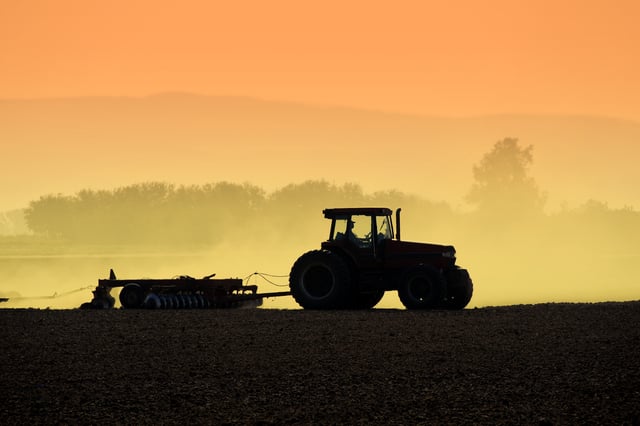Overview
- As of July 31, the California Department of Public Health reported 6,761 provisional cases for 2025, and officials expect the total to surpass 2024’s record 12,500 as reporting delays are resolved
- Previously less-affected counties such as Monterey have seen the steepest gains—with 344 cases compared to 47 in 2023—while San Joaquin, Merced, Contra Costa, Fresno and Stanislaus also report sharp rises
- Valley fever’s flu- and COVID-like symptoms contribute to under- and misdiagnosis; roughly 1,000 Californians are hospitalized annually and about 10% of those patients die
- Experts link the persistent high case counts and geographic spread to cycles of severe drought followed by wet winters and dry summers, with climate change likely extending the fungus’s habitat
- The CDPH urges people with symptoms lasting more than 7–10 days to seek care and recommends indoor dust control, N95 masks and wetting soil before digging to reduce exposure

